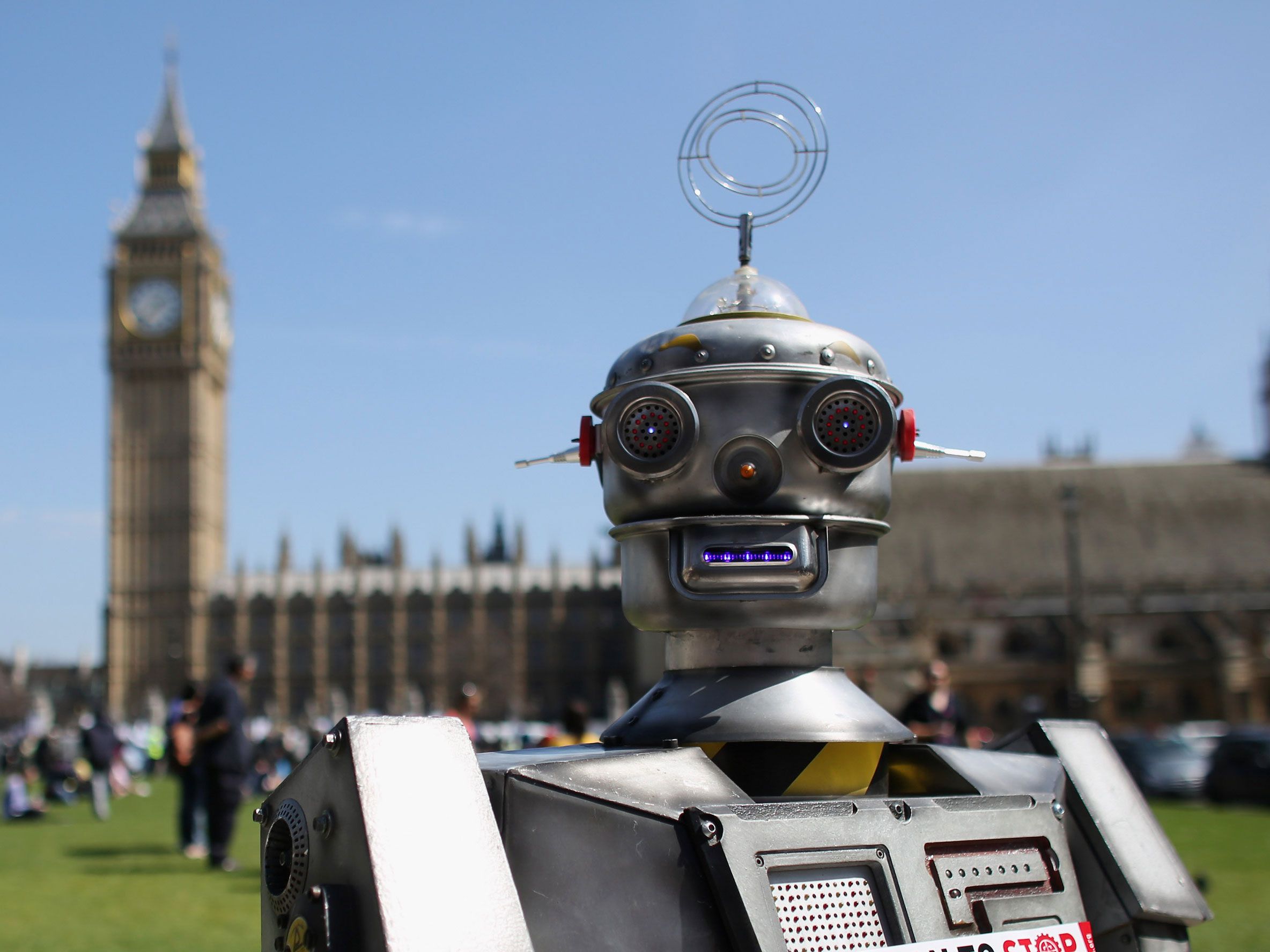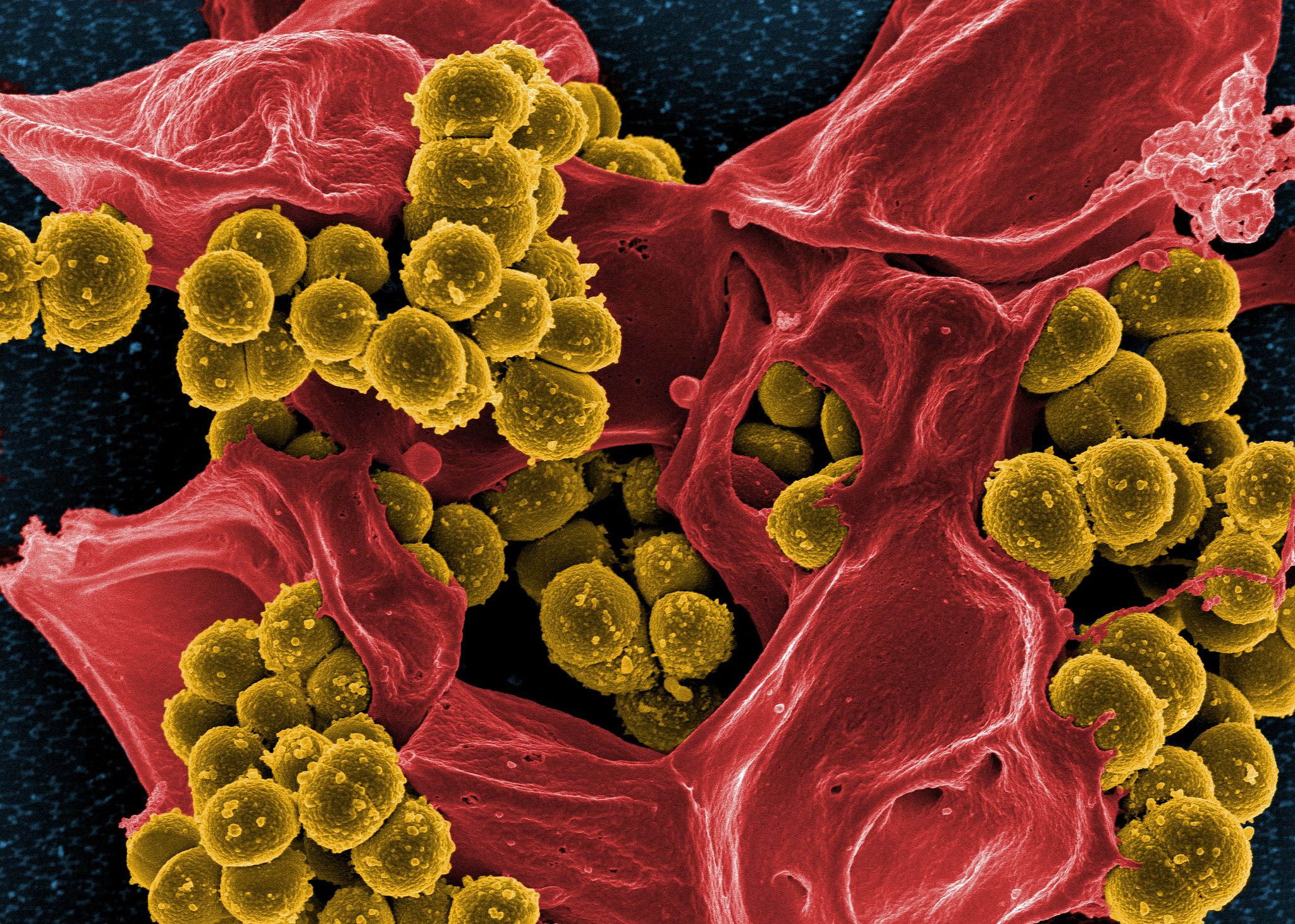Page 11474
Jan 25, 2016
Artificial Gravity is Critical to Space Exploration — So Why is it Being Ignored?
Posted by Klaus Baldauf in category: space travel
Human missions to Mars will be difficult without artificial gravity, so why is this basic principle ignored?
Jan 25, 2016
The Rise of the Artificially Intelligent Hedge Fund
Posted by Amnon H. Eden in categories: finance, robotics/AI
Last week, Ben Goertzel and his company turned on a hedge fund that makes all its stock trades using AI—no human intervention required.
Jan 25, 2016
Big Data And Quantum Computers
Posted by Karen Hurst in categories: energy, internet, nanotechnology, neuroscience, quantum physics, robotics/AI, singularity, space travel, supercomputing, wearables
Luv the whole beautiful picture of a Big Data Quantum Computing Cloud. And, we’re definitely going to need it for all of our data demands and performance demands when you layer in the future of AI (including robotics), wearables, our ongoing convergence to singularity with nanobots and other BMI technologies. Why we could easily exceed $4.6 bil by 2021.
From gene mapping to space exploration, humanity continues to generate ever-larger sets of data—far more information than people can actually process, manage, or understand.
Machine learning systems can help researchers deal with this ever-growing flood of information. Some of the most powerful of these analytical tools are based on a strange branch of geometry called topology, which deals with properties that stay the same even when something is bent and stretched every which way.
Jan 25, 2016
NASA to develop humanoid robot to help in deep space missions
Posted by Karen Hurst in categories: robotics/AI, space travel
So, here is a question that many AI experts are and have been asking themselves for a while; “as humans create robots and have other humans; what will the world look like when Humanoid Robots and other types of robots create their own?”
NASA is in the process of developing a humanoid robot that could help astronauts in risky and extremely hazardous expeditions in the future.
The six-feet tall, 131.5 kg heavy humanoid robot called R5 will work as a ready-to-assist machine in every dangerous task of the utmost importance during long-lasting journeys beyond the Earth, Astrowatch.net reported on Sunday. The robot was previously known as Valkyrie.
Continue reading “NASA to develop humanoid robot to help in deep space missions” »
Jan 25, 2016
RobotStop, a robotics retailer headquartered in Johns Island, SC has launched its flagship website, RobotStop.com
Posted by Karen Hurst in categories: drones, robotics/AI, virtual reality, wearables
Robotics store — could we eventually see a HomeDepot version of a Robotics Warehouse and More coming not too far in the future as a franchise across North America and Europe? Or, better yet, a Robotic Target for the latest clothing and accessories for your own personalized robot. In Japan, they actually have a fashion line for robots.
25 Jan, 2016 - The organization is led by President V. Scott Stoneburner. The mission of RobotStop is to create a more prosperous future through principled service and technological innovation. President V. Scott Stoneburner said, “We are extremely excited to launch RobotStop. We envision that robotics will soon be a booming market and our plan is to strategically position ourselves ahead of that exponential curve. As innovation and competition increases, prices have started to become more aligned to the consumer mass market.”
RobotStop, a global product retailer (www.robotstop.com), announced today that it has officially launched a new website and corporate identity. According to President V. Scott Stoneburner, RobotStop President and founder, the new website and brand are closely aligned with the company’s strategic vision for growth and expansion over the next decade, and beyond.
The RobotStop website offers a clean, modern design, easy-to-navigate functionality, and a content-rich site experience. The e-commerce function enables customers to quickly and easily order RobotStop LLC products from a broad range of categories, including Robots & Kits, UAVs & Drones, Wearable Technology, Virtual Reality, Hot New Robots, Miscellaneous Robot Products, Professional Robots etc.
Jan 25, 2016
Marvin Minsky, Pioneer in Artificial Intelligence, Dies at 88
Posted by Karen Hurst in categories: robotics/AI, supercomputing
Sad day for AI & RIP Mr. Minsky — Early AI Pioneer.
His family said the cause was a cerebral hemorrhage.
Well before the advent of the microprocessor and the supercomputer, Professor Minsky, a revered computer science educator at M.I.T., laid the foundation for the field of artificial intelligence by demonstrating the possibilities of imparting common-sense reasoning to computers.
Continue reading “Marvin Minsky, Pioneer in Artificial Intelligence, Dies at 88” »
Jan 25, 2016
Delegates at Davos held a meeting about the dangers of autonomous ‘killer robots’
Posted by Karen Hurst in categories: ethics, robotics/AI
Davos: The True Fear Around Robots — Autonomous weapons, which are currently being developed by the US, UK, China, Israel, South Korea and Russia, will be capable of identifying targets, adjusting their behavior in response to that target, and ultimately firing — all without human intervention.
The issue of ‘killer robots’ one day posing a threat to humans has been discussed at the annual World Economic Forum meeting in Davos, Switzerland.
The discussion took place on 21 January during a panel organised by the Campaign to Stop Killer Robots (CSKR) and Time magazine, which asked the question: “What if robots go to war?”
Jan 25, 2016
Driving a car will be illegal
Posted by Shailesh Prasad in categories: economics, robotics/AI, transportation
Our economy will be severely impacted as millions of lorry drivers, cabbies and delivery people are put out of work. In this era of endless innovation, humanity’s century-long relationship with the automobile is about to be permanently disrupted. The reason has nothing to do with millennials, Uber or improvements in mass transport. Driving should and will be made illegal because we now have the technology to prevent deadly traffic accidents, one of the greatest causes of premature deaths.
More than 1.2 million people are killed in car accidents each year. Last year, more than 275,000 Chinese, 238,000 Indians and 36,000 Americans died in preventable traffic accidents. Since Ralph Nader first took on the car industry by publishing Unsafe at Any Speed in 1965, auto-mobile manufacturers have radically improved the safety and reliability of their vehicles. Seatbelts, airbags, anti-lock brakes, as well as tyre-pressure-monitoring, have all reduced traffic deaths. But, until now, makers were unable to deal with the single biggest cause of fatalities: human error. We now have the technology to save millions of lives, but does society have the willpower to mandate its use?
Google’s autonomous vehicles have logged 1.5 million kilometres on roads dominated by human-driven cars. Subjected to the same real-world conditions as us mere mortals, self-driving cars have been through rain, sleet and snow. These vehicles have driven the equivalent of circumnavigating the globe 40 times, without incident. In July, Google reported 14 minor road accidents in total — but in all of the cases blamed human error. According to the data, human-driver error is responsible for 94 per cent of all crashes.
Jan 25, 2016
Quantum Dots To Fight Drug Resistant Bacteria
Posted by Robert James Powles in categories: life extension, nanotechnology, quantum physics
Researchers at the University of Colorado have created a unique, light-activated nanotherapy to destroy antibiotic resistant bacteria
The pursuit of longevity requires continued, effective antibiotics. Otherwise, you could be as fit as a fiddle at 100 and still be downed by a nasty, resistant strain.
While bacterial strains resistant to current drugs are rapidly rising across the globe, infecting 2 million people last year, researchers are turning to increasingly innovative ways to destroy these populations. Nanotechnology is one such, increasingly promising technology.

















